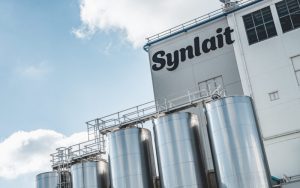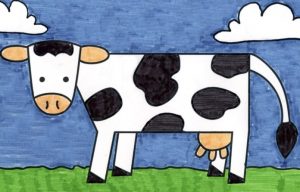India will step up efforts to curb emissions in agriculture within a national mission for sustainable agriculture, having stayed off a farm action agenda at the recent Glasgow COP26 climate summit, an official aware of the matter said.
The mission falls within the ambit of the National Action Plan on Climate Change, a programme that aims to make Indian farms more resilient to changing climate and is being monitored at the highest levels, the official said.
Globally, agriculture is responsible for a third of all greenhouse gas emissions, three-quarters of them coming from livestock farming alone.
For all its ambitious climate commitments – from Copenhagen to Paris and now, Glasgow’s COP26 – India needs a comprehensive policy on cutting farming emissions, the third-largest source of carbon after energy and manufacturing sectors, some experts say.
That will require a balance between competing choices such as farmers’ livelihoods as well as food security and drawing down on carbon-heavy agricultural practices.
“The central role played by agriculture and food systems tend to be overlooked… The food system receives much less attention, even though it generates 26-37 per cent of GHG [greenhouse gas] emissions,” said Compassion in World Farming charity in its report to the COP26, a UN’s climate change conference.
The official cited above said the country had made steady progress on sustainable agriculture parameters such as on-farm water management and soil health cards.
Soil testing of over 100 million samples have promoted less-carbon-intensive agriculture by rebalancing the use of crop nutrients, such as nitrogenous fertilisers, the official said.
Some studies show soil-health cards need to be redesigned. In a study by the Cereal Systems Initiative for South Asia, many farmers were found to be not “familiar with all nutrients and micronutrients listed on the cards,” the International Food Policy Research Institute said in a report.
The largest emissions from within agriculture come from livestock farming and continuously irrigated and deep-water paddy cultivation in the states of West Bengal, Uttar Pradesh, Odisha and Bihar, according to a study by economist Ashok Gulati.
Methane released from agricultural activities and food systems is the main source of greenhouse gases. Limiting Earth’s temperature rise to 1.5C would require drastic cuts to meat and dairy output. Deforestation and release of carbon dioxide have to do with growing large amounts of crops to feed livestock for meat and dairy.
India’s farm sector accounts for 14% of the country’s total greenhouse gas emissions, preceded by electricity (44%) and manufacturing industries and construction sectors combined (18%).
India has the world’s largest cattle population at 535.78 million livestock, according to the 20th Livestock Census, 2019. Livestock makes up 78% of the 24 million tonnes of India’s total methane emissions, according to official data.
“Methane emission due to enteric fermentation by the livestock (54.6%), and anaerobic conditions during rice cultivation (17.5%) and nitrous oxide emissions from application of nitrogenous fertilizers in agricultural soils (19.0%), together account for 91 per cent of greenhouse gas emissions (in India),” wrote economist Ashok Gulati in an October 2021 bulletin of the New Delhi think-tank ICRIER.
According to the environment ministry’s data, greenhouse gas emissions from rice cultivation during 2016 accounted for 71.322 million tonnes “CO2 equivalent”, which analysts say might have gone up to 72.329 million tonnes “CO2 equivalent” during 2018-19.
Cutting farming emissions can be done with steps such as “direct seeding of rice”, a method that decreases water use, in the top 5% of the rice districts, Gulati said.
Gulati’s paper states that India could bring down farming emissions of 178 million tonnes of carbon equivalent with other measures, such as improved water management in 20 million hectares of irrigated rice fields, better livestock feed and manure management for 25% cattle population, stopping rice-crop residue burning with the target year of 2030 and reduction in farm energy and replacement with green energy.

















